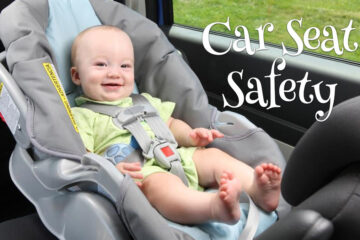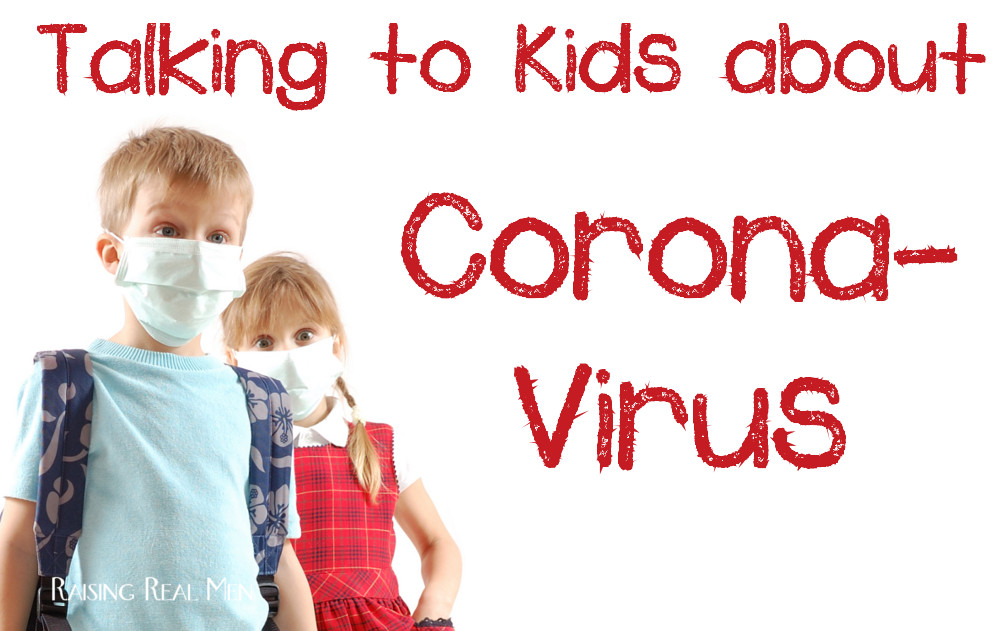
I know as a mommy of two little ones, I have had my heart stop a few times over my child choking on a piece of food. It is scary and it causes me to go into panic mode, slapping my child silly on the back until they are okay. It dawned on me that maybe I should learn the proper technique to dislodge a food particle or even if one of my kids stops breathing for whatever reason. What a thought right!?!
So I did some research and found some excellent information that would be good to print off and have somewhere handy in the house. This is directly from the website but sometimes it is good to have a go-to location where information is stored. More information on CPR in different age groups can be found at the following link: http://www.babycenter.com/0_infant-first-aid-for-choking-and-cpr-an-illustrated-guide_9298.bc
The following instructions are for babies younger than 12 months old.
Choking
Step 1: Assess the situation quickly.
If a baby is suddenly unable to cry or cough, something is probably blocking her airway, and you’ll need to help her get it out. She may make odd noises or no sound at all while opening her mouth. Her skin may turn bright red or blue.
If she’s coughing or gagging, it means her airway is only partially blocked. If that’s the case, let her continue to cough. Coughing is the most effective way to dislodge a blockage.
If the baby isn’t able to cough up the object, ask someone to call 911 or the local emergency number while you begin back blows and chest thrusts.
If you’re alone with the baby, give two minutes of care, then call 911.
On the other hand, if you suspect that the baby’s airway is closed because her throat has swollen shut, call 911 immediately. She may be having an allergic reaction – to food or to an insect bite, for example – or she may have an illness, such as croup.
Also call 911 right away if the baby is at high risk for heart problems.
Step 2: Try to dislodge the object with back blows and chest thrusts.
First do back blows
If a baby is conscious but can’t cough, cry, or breathe and you believe something is trapped in his airway, carefully position him faceup on one forearm, cradling the back of his head with that hand.
Place the other hand and forearm on his front. He is now sandwiched between your forearms.

Use your thumb and fingers to hold his jaw and turn him over so that he’s facedown along the other forearm. Lower your arm onto your thigh so that the baby’s head is lower than his chest.
Using the heel of your hand, deliver five firm and distinct back blows between the baby’s shoulder blades to try to dislodge the object. Maintain support of his head and neck by firmly holding his jaw between your thumb and forefinger.
Next, place your free hand (the one that had been delivering the back blows) on the back of the baby’s head with your arm along his spine. Carefully turn him over while keeping your other hand and forearm on his front.
Then do chest thrusts
Use your thumb and fingers to hold his jaw while sandwiching him between your forearms to support his head and neck. Lower your arm that is supporting his back onto your opposite thigh, still keeping the baby’s head lower than the rest of his body.
Place the pads of two or three fingers in the center of the baby’s chest, just below an imaginary line running between his nipples. To do a chest thrust, push straight down on the chest about 1 1/2 inches. Then allow the chest to come back to its normal position.
Do five chest thrusts. Keep your fingers in contact with the baby’s breastbone. The chest thrusts should be smooth, not jerky.
Repeat back blows and chest thrusts
Continue alternating five back blows and five chest thrusts until the object is forced out or the baby starts to cough forcefully, cry, or breathe on his own. If he’s coughing, let him try to cough up the object.
If the baby becomes unconscious
If a baby who is choking on something becomes unconscious, you’ll need to do what’s called modified CPR. Here’s how to do modified CPR on a baby:
Open his mouth and look for an object. If you can see an object, remove it with your little finger.
Give him two rescue breaths. If the air doesn’t go in (you don’t see his chest rise), tilt his head and try two rescue breaths again.
If his chest still doesn’t rise, do 30 chest compressions.
Look in his mouth and remove the object if you see it. Give him two more rescue breaths.
Repeat the chest compressions and so on, until help arrives.
How to perform CPR
What is CPR?
CPR stands for cardiopulmonary resuscitation. This is the lifesaving measure you can take to save a baby who shows no signs of life (consciousness or effective breathing).
CPR uses chest compressions and “rescue” breaths to make oxygen-rich blood circulate through the brain and other vital organs until emergency medical personnel arrive. Keeping oxygenated blood circulating helps prevent brain damage – which can occur within a few minutes – and death.
CPR isn’t hard to do. Follow these steps:
Step 1: Check the baby’s condition.
Is the baby conscious? Flick her foot or gently tap on her shoulder and call out. If she doesn’t respond, have someone call 911 or the local emergency number. (If you’re alone with the baby, give two minutes of care as described below, then call 911 yourself.)
Swiftly but gently place the baby on her back on a firm, flat surface.
Make sure she isn’t bleeding severely. If she is, take measures to stop the bleeding by applying pressure to the area. Don’t administer CPR until the bleeding is under control.
Step 2: Open the baby’s airway.
Tilt the baby’s head back with one hand and lift his chin slightly with the other. (You don’t have to tilt a baby’s head back very far to open the airway.)
Check for signs of breathing for no more than ten seconds.
To check for breathing in a baby, put your head down next to his mouth, looking toward his feet. Look to see whether his chest is rising, and listen for breathing sounds. If he’s breathing, you should be able to feel his breath on your cheek.
Step 3: Give two gentle “rescue” breaths.
If the baby isn’t breathing, give her two little breaths, each lasting just one second. Cover the baby’s nose and mouth with your mouth and gently exhale into her lungs only until you see her chest rise, pausing between rescue breaths to let the air flow back out.
Remember that a baby’s lungs are much smaller than yours, so it takes much less than a full breath to fill them. Breathing too hard or too fast can force air into the baby’s stomach.
If her chest doesn’t rise, her airway is blocked. Give her first aid for choking, described above.
Step 4: Do 30 chest compressions.

With the baby still lying on his back, place the pads of two or three fingers in the center of his chest, just below an imaginary line running between his nipples.
With the pads of your fingers on that spot, compress the chest about 1 1/2 inches. Push straight down. Compressions should be smooth, not jerky.
Do 30 chest compressions at the rate of 100 per minute. Count out loud: “One and two and three and…”, pushing down as you say the number and coming up as you say “and.” (The song Staying Alive is the right rate!)
When you complete 30 compressions, give two rescue breaths (step 3, above). (Each cycle of chest compressions and rescue breaths should take about 24 seconds.)
Step 5: Repeat compressions and breaths.

Repeat the sequence of 30 compressions and two breaths. If you’re alone with the baby, call 911 or the local emergency number after two minutes of care.
Continue the sequence of compressions and breaths until help arrives, you find an obvious sign of life, an AED (automated external defibrillator) is ready to use, the scene becomes unsafe, or you are too exhausted to continue.
Even if the baby seems fine by the time help arrives, a doctor will need to check her to make sure that her airway is completely clear and she hasn’t sustained any internal injuries.



0 Comments